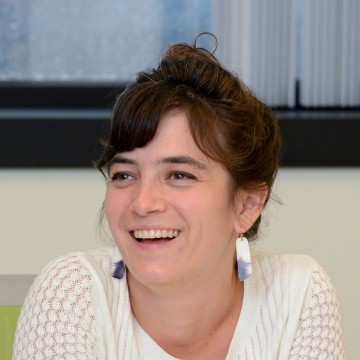Posted in Your Experiences
March 10, 2017
“We never know how our small activities will affect others through the invisible fabric of our connectedness. In this exquisitely connected world, it’s never a question of ‘critical mass.’ It’s always about critical connections.”
Grace Lee Boggs
The past twelve months I had the pleasure of working with a team from Food Solutions New England to design and facilitate its first Network Leadership Institute. This initiative grew out of FSNE’s ongoing commitment to cultivating thought leadership and network leadership “to support the emergence and viability of a New England food system that is a driver of healthy food for all, racial equity, sustainable farming and fishing, and thriving communities.” Another impetus for the Institute was a year spent doing system mapping and analysis that revealed four leverage areas for advancing a just, sustainable and democratically-owned and operated regional food system, including cultivating and connecting leadership. Read More
August 30, 2016
“A good solution solves more than one problem, and it does not make new problems.”
– Wendell Berry

An essay that I return to now and then, including over these past summer months, is Wendell Berry‘s “Solving for Pattern.” Published in 1981, the piece essentially considers systemic approaches to more “sustainable “agriculture, though the concept alluded to in the title has wider application. The phrase “solving for pattern” is an invitation to take a larger and longer view of “problem-solving,” to think about interventions that serve a bigger picture in more sustained and multiply beneficial ways.
Solving for pattern, according to Berry, runs counter to reductionist and mechanical solutions, which lend themselves to more predictable and relatively contained situations. When reductionist solutions are applied to more complex and systemic situations, they are more prone to failure and to exacerbating negative aspects. Real-life examples include:
Read More
August 17, 2016
 Networks, or webs, are core to living systems. Thinking and looking through a network lens can help people to understand the patterns and quality of connection that either make life possible and enable liveliness or threaten life and livelihood.
Networks, or webs, are core to living systems. Thinking and looking through a network lens can help people to understand the patterns and quality of connection that either make life possible and enable liveliness or threaten life and livelihood.
Chilean biologists Humberto Maturana and Francisco Varela, in their work on “cognition” in living systems, propose that there is no knowing outside of connecting or relating.
“The world as we know it emerges out of the way we relate to each other and the wider natural process.”
In other words, according to Maturana and Varela, it is through connecting and relating that “a world is brought forward.” The quality and qualities of that world depend, in large part, upon how people and other elements of living systems connect and relate to one another. Read More
August 1, 2016

I recently re-read portions of Limits to Growth: The 30 Year Update by Donella Meadows, Jorgen Randers and Dennis Meadows. This second update to the original 1972 report from the Club of Rome affirms that current business-as-usual resource usage globally has our socioeconomic systems headed toward collapse shortly after the year 2050. The update reiterates the necessity of taking the impending crisis seriously and mobilizing quickly to adopt strategies such as:
While all of this serves as a strong wake-up (or stay awake) call, what most caught my attention was the concluding chapter, where the authors move from discussion of the technical fixes required to get us on the right track to a serious appeal to more adaptive approaches. Read More
June 29, 2016
I remember how heavy my heart felt after the Orlando shootings, the Newtown massacre, the deaths of Trayvon Martin, Renisha McBride, Raekwon Brown, Jonathan Ferrell and so many young people of color, the Boston Marathon bombing, the attacks of September 11 2001, the kidnapping of the Chibok school girls. There are so many heart-numbing tragedies and atrocities across our country and our world. And we are rightly moved. We mourn with those who mourn.
Every day the news brings us more reasons for heavy heartedness. And yet, some days I feel it more deeply than others. Today, my heart grew heavy reading about the bombing at the airport in Istanbul. Somehow it hits me harder when I know actual people who live in or near a place of tragedy, or know people who know and love people there, as is the case with Turkey. As a practicing Christian, I’m called to rejoice with those who rejoice and mourn with those who mourn. That implies relationship and ways to feel their joy and pain. And, I think we can develop a discipline of mourning, even when I don’t have proximity, even when I don’t have personal relationships. So, I’m working to cultivate a discipline of heaviness, the kind of love that extends itself to mourn even for people I don’t know personally.
Read More
June 16, 2016
As I walked into the office on Monday morning – pit in my stomach, swollen eyes from too much crying, exhausted from a restless night – I wondered how we would process the horror that had happened in Orlando over the weekend. I knew we would; after all, this was an organization full of facilitators whose values statement and change lens both included the word love. But having joined barely two weeks prior, I didn’t know just how it would happen.
Our colleague leading the extended meeting scheduled for that morning made it clear from the start: today wasn’t business as usual. And, it wasn’t a day off either. It was a day to be together, to mourn, to process, to do some work, and to practice “community care instead of just self care.” Read More
June 16, 2016
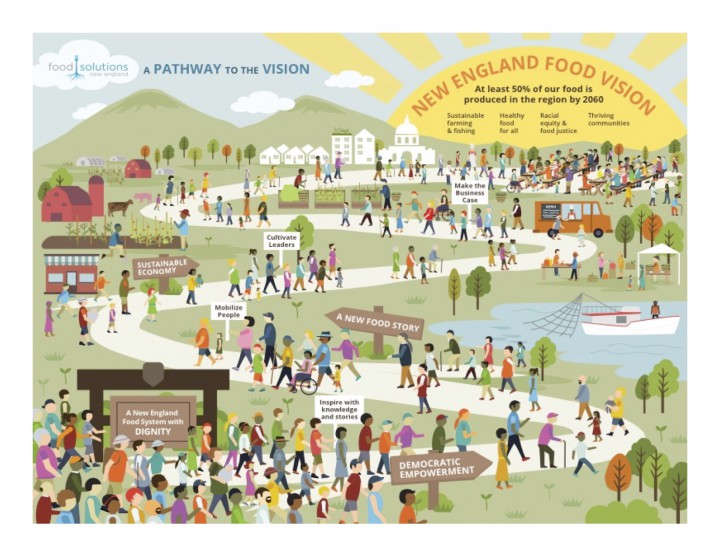 Last week over 190 delegates attended the 6th annual New England Food Summit in Bridgeport, Connecticut. This marked the completion of a cycle through all six New England states and an important moment in the evolution of Food Solutions New England, a network of networks that has been in development with IISC’s support around a bold Food Vision that sees the region becoming more connected and self-sufficient while supporting a more equitable, eco-logical and vibrant food economy.
Last week over 190 delegates attended the 6th annual New England Food Summit in Bridgeport, Connecticut. This marked the completion of a cycle through all six New England states and an important moment in the evolution of Food Solutions New England, a network of networks that has been in development with IISC’s support around a bold Food Vision that sees the region becoming more connected and self-sufficient while supporting a more equitable, eco-logical and vibrant food economy.
Leading up to the Summit, the FSNE Network Team engaged in a year-long system mapping and analysis process that yielded a few key systemic health indicators associated with the Vision as well as a set of leverage areas for framing and advancing regional strategies in the direction of the Vision:
- Engaging and mobilizing people for action
- Cultivating and connecting leadership
- Making the business case for a more robust, equitable and eco-logical regional food system
- Weaving diverse knowledge and inspiration into a new food narrative
Read More
March 15, 2016
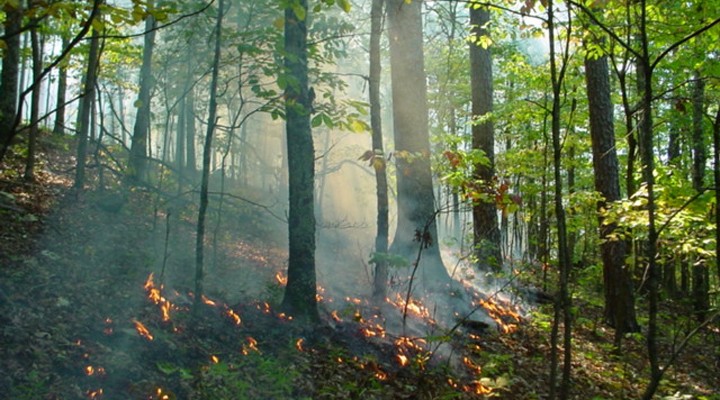
I’ve had the pleasure of supporting some important work happening through The Nature Conservancy’s Fire Adapted Communities Learning Network. According to the FAC website, a fire adapted community “acknowledges and takes responsibility for its wildfire risk, and implements appropriate actions at all levels.” Actions in these fire-threatened communities “address resident safety, homes, neighborhoods, businesses and infrastructure, forests, parks, open spaces and other community assets.” In addition, the point is made that every community is unique in terms of circumstance and capacities, so that local action may look different from place to place.
While there may be differences from community to community in the FAC network, it is also united by a common belief that there is need for more of the right kinds of fire that support the regenerative capacity of ecosystems. As I’ve learned from members of these communities, “cool fires” can be used to help build resilience into forests, feeding and encouraging new growth and diversity. This is actually a practice that goes back a long ways in indigenous communities, which used “prescribed burns” to support the long-term health of the forested landscape, to enrich soil, clear pathways for fauna and support biodiversity, which supported the health of their own communities. However, many of these practices were outlawed and the result of the newer management practices was a drop in health of the forests and a rise in vulnerability of those living in or near them. As one person in the network recently put it, they are now trying to “reclaim” fire and “give fire back to people.” Read More
December 15, 2015
“Networks are present everywhere. All we need is an eye for them.”
Albert-László Barabási
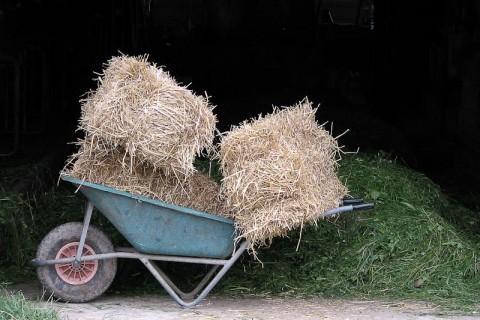
You may have heard a version of this story before:
There was a man who had worked at a factory for twenty years. Every night when he left the plant, he would push a wheelbarrow full of straw to the guard at the gate. The guard would look through the straw, and find nothing and pass the man through.
On the day of his retirement the man came to the guard as usual but without the wheelbarrow. Having become friends over the years, the guard asked him, “I’ve seen you walk out of here every night for twenty years. I know you’ve been stealing something. Now that you’re retired, please tell me what it is. It’s driving me crazy.”
The man smiled and replied, “Okay, wheelbarrows.”
This tale about not seeing something in plain sight reminds me of a dynamic that can ensue in network gatherings where at some point anxiety is expressed about not getting to “concrete” outcomes. This happened recently at a large convening of a national network attempting to set systemic change strategies. Read More
October 27, 2015
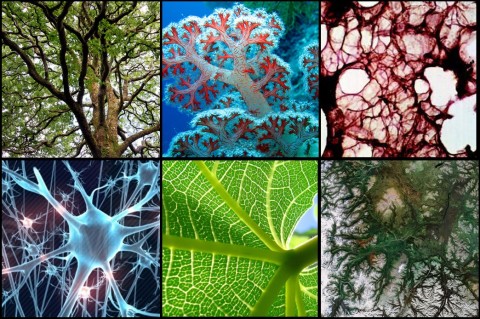
I’m working with a social change network that is evolving its structure to make better use of existing resources, and we have talked about how aligning more explicitly with network principles, both in its structural design and operations, might help with this. Culling through a variety of principles from other networks with which I’ve worked, I’ve come up with the following dozen examples:
Read More
September 18, 2015
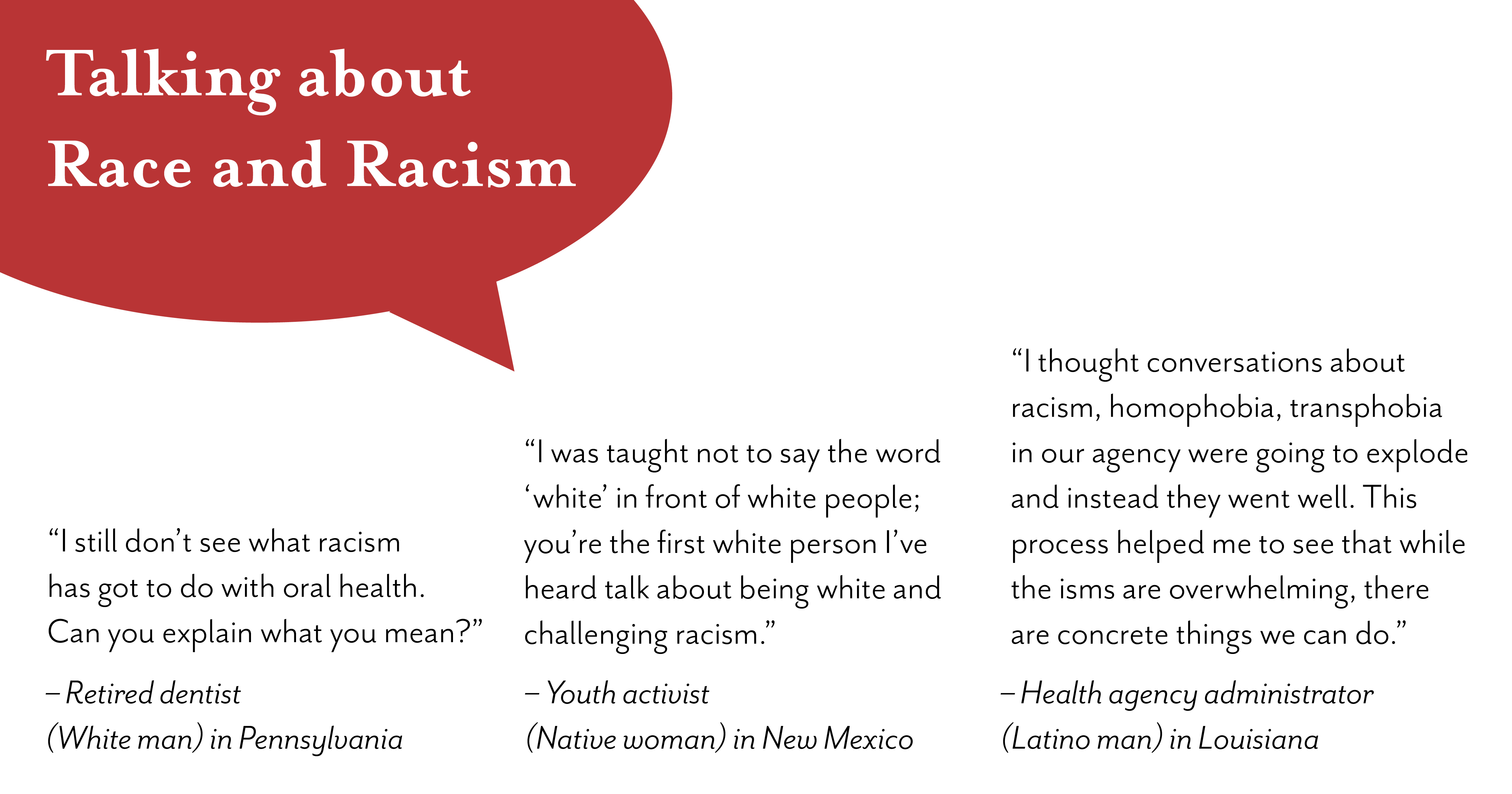
These three moments with these three individuals in recent months have stuck with me. Each of them is part of a multicultural group of folks working to integrate racial equity in their work – whether it be for youth in the juvenile justice system, for children and adults to get quality and affordable dental health care, or for people with HIV. They got me reflecting about what it takes to move racial equity work forward in multiracial, mostly white, collaboratives and institutions. And about how much I love the challenge of moving this work forward in settings where talking about race and racism is NOT the norm.
“I was taught not to say the word ‘white’ in front of white people; you’re the first white person I’ve heard talk about being white and challenging racism.”
— Youth activist (Native woman) in New Mexico
Read More
August 12, 2015
“Narratives can create a very different world, one where pressure evolves from a source of stress to a source of excitement, calling us to achieve even more of our potential, both as individuals and collectively.”
– John Hagel
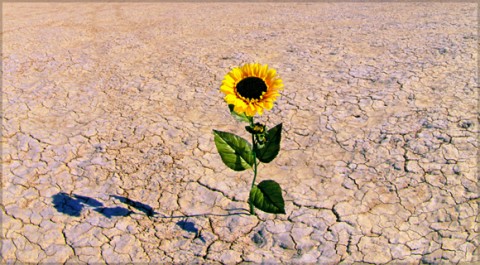
What follows is a slightly edited version of a post from a little over a year ago. It remains timely in terms of conversations I am currently having with a few different networks about the interest in engaging in not just communications work, but in changing consciousness. As abstract as it may seem to some, the power of robustly connected and distributed networks to create and promote new stories of who “we” are and what we might become can be critical to the work of social change.
Today’s post gives a tip of the hat and bow of gratitude to John Hagel for his work on narrative, which I believe has much to offer networks for social change. First a little story . . .
A regional network with which I have been working has been wrestling with what has to this point been called “a vision” for the region’s future. Part of this struggle owes to attempts to create something that can speak to a very diverse and complex range of interests. And part of the struggle, from my perspective, stems from what I see as the need to parse out and accentuate different elements that to this point have fallen under the rather broad heading of “vision.” Read More
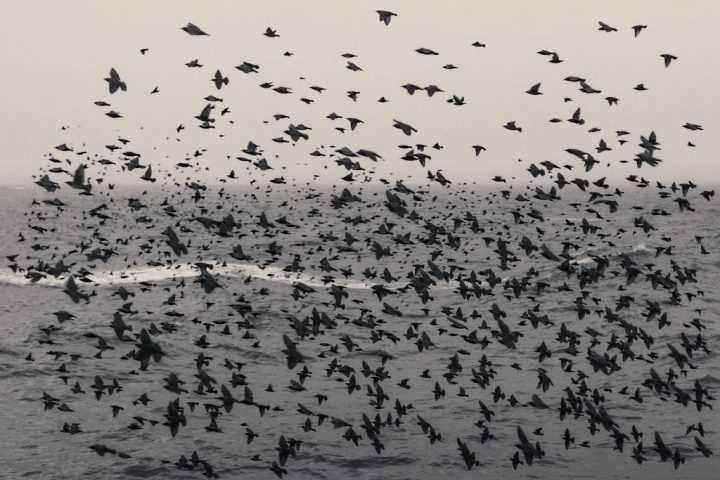




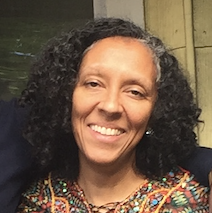

 Last week over 190 delegates attended the 6th annual
Last week over 190 delegates attended the 6th annual 


